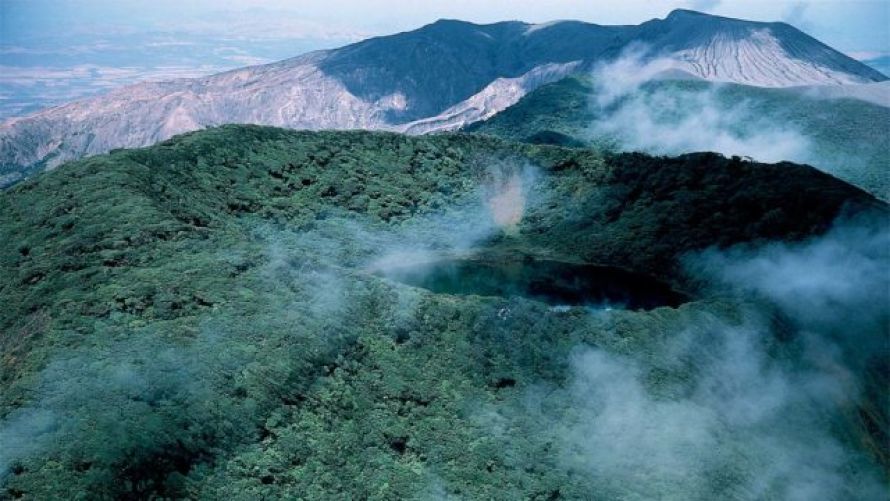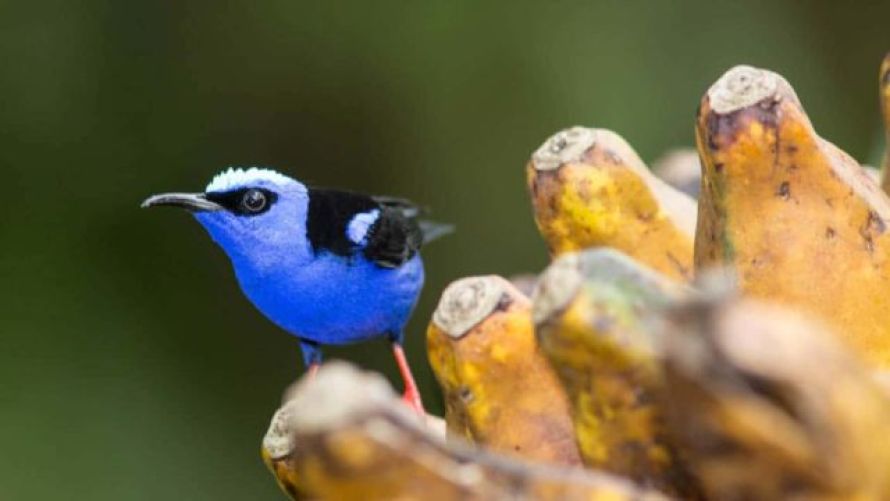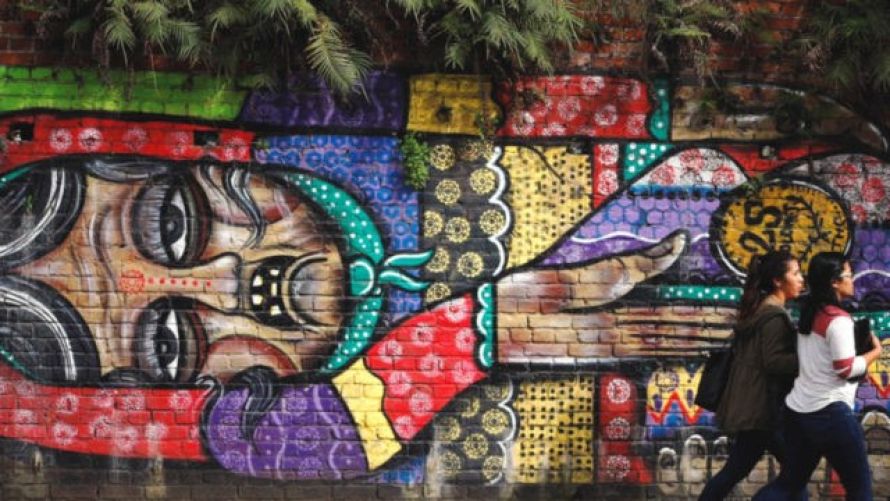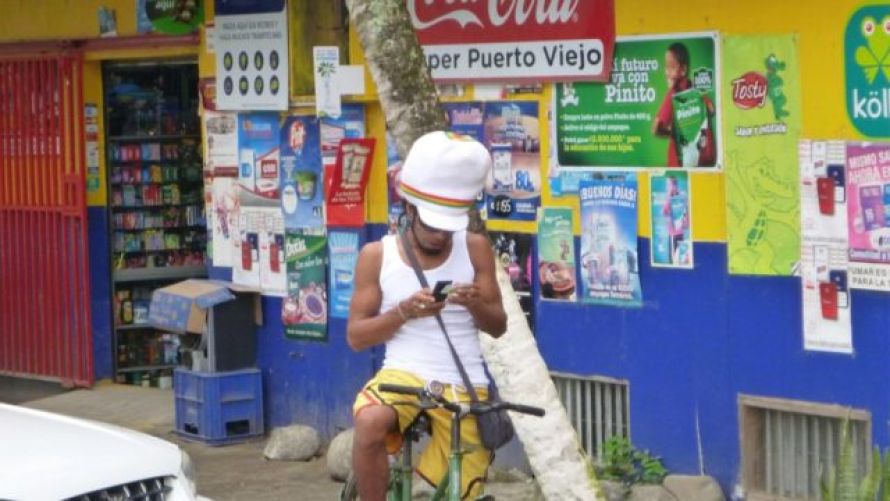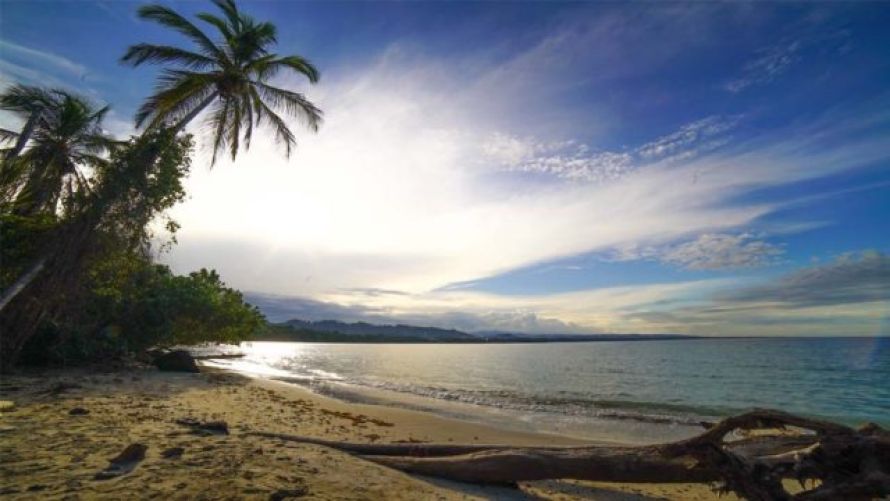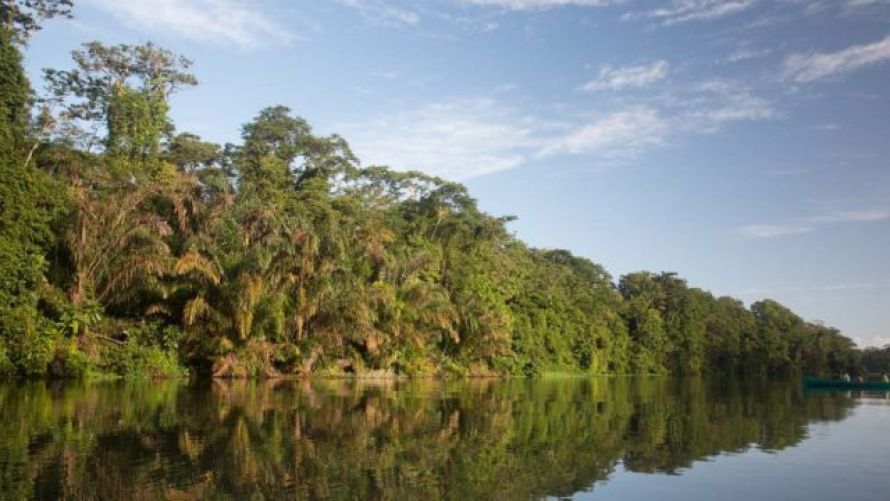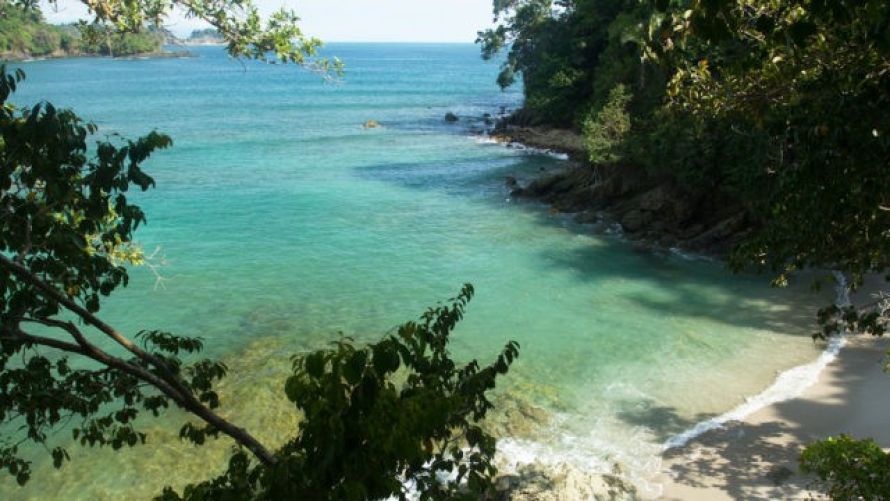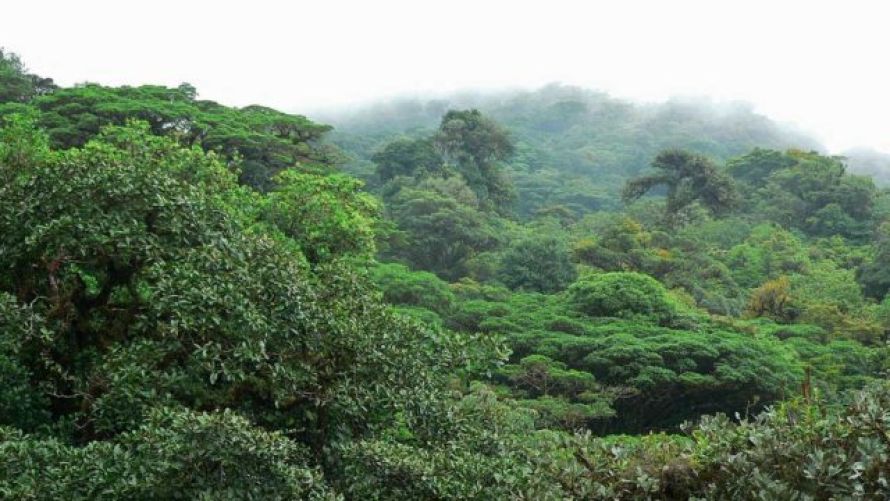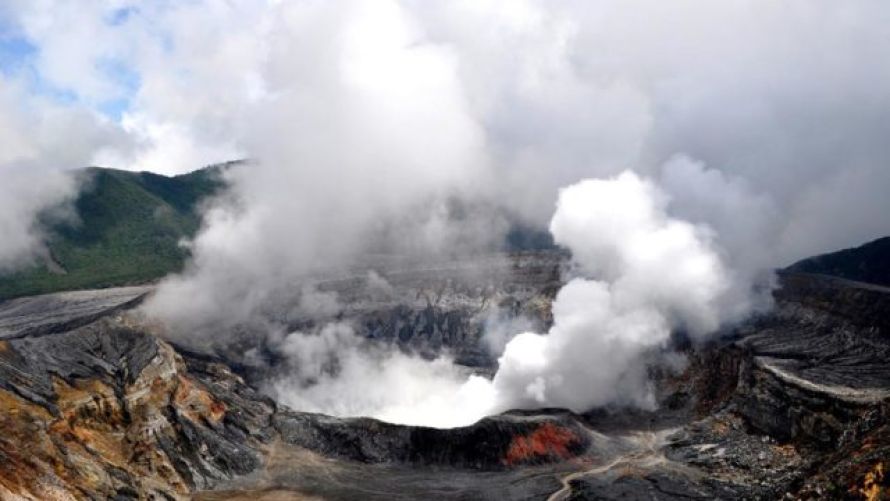Rincon de la vieja
This beautiful tourist attraction is located 24km from Liberia, in Guanacaste. It has been declared the third most active volcano in Costa Rica, in fact its last eruption was on May 23, 2017, before this one there was a major eruption on March 30, 2016. In the 19th century, the volcano was used as a natural lighthouse for navigators, as its eruptions were surprising.
It's one of the country's largest volcanoes, with a volume of 130km3: it has 9 eruptive centers, in the national park you can enjoy numerous 38-degree hot springs (you can...
